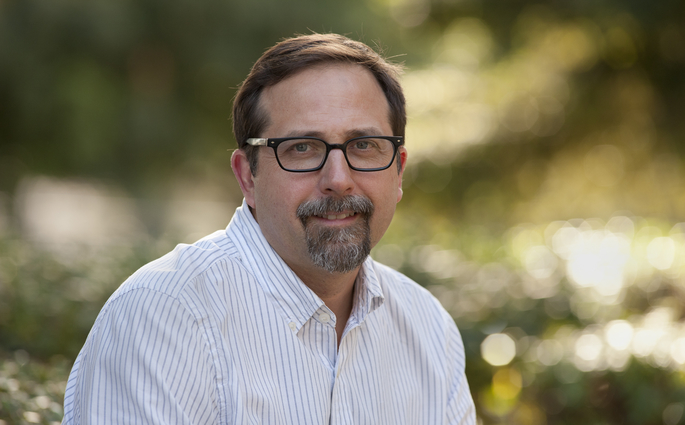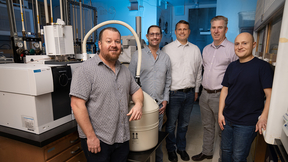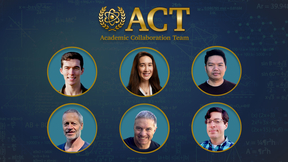Rodgers garners award for nuclear forensics work
 (Download Image)
Artie Rodgers Photo by Jacqueline McBride/LLNL
(Download Image)
Artie Rodgers Photo by Jacqueline McBride/LLNL
A researcher in the Atmospheric, Earth & Energy Division of the Physical & Life Sciences Directorate, Rodgers was named the "top contributor of the quarter" for the first quarter of fiscal year 2012 (October-December 2011) for a forensic analysis project.
Funded by DTRA, the program seeks to develop methods for improved forensic analysis of signals, such as sound and light, from nuclear explosions. Prompt signals are the transient phenomena created by an explosion whether a chemical high explosive, nuclear weapon or radiation dispersal device.
As LLNL's part of the program, Livermore researchers and engineers are developing the "integrated yield determination tool," a software package that will be used to interpret prompt speed of sound data for explosion forensics.
The aim of the LLNL work is to develop a tool that could estimate the yield and height-of-burst of an explosion for nuclear forensics, such as in the event of a rogue improvised nuclear device, said Phil Cole, the DTRA leader for the program.
"Arthur and his team demonstrated the tool in October as part of an operational user assessment for STRATCOM and the test went very well," Cole said. "The test met the goals of the project and came in on schedule and on budget."
For his part, Rodgers said that while it is an honor to be recognized with the award by the DTRA program leadership, the award represents a credit to the entire team.
"E.O. Lawrence founded this national laboratory on the basis of multi-disciplinary teamwork. This project has succeeded because we can draw upon the expertise and diverse technical skills of different types of scientists and engineers," Rodgers said.
In addition to Rodgers, the Livermore team includes geophysicists Sean Ford, Dennise Templeton, Abelardo Ramirez, Phil Harben and Heming Xu; computer scientists Doug Dodge, Mike Ganzberger, Tersea Cottom, Kathy Dyer and Stan Ruppert; physicist Ross Marrs; nuclear engineer Doug Vogt; project engineer Brian Guidry and administrator Arleen Allsup.
Contact
Stephen P Wampler[email protected]
925-423-3107
Tags
ScienceStrategic Deterrence
Featured Articles







